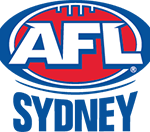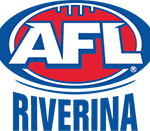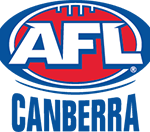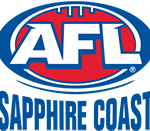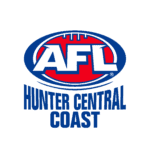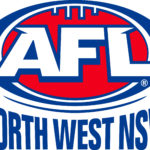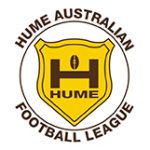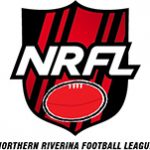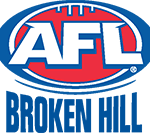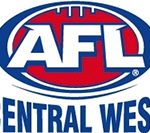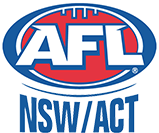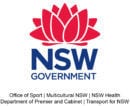Ralph Robertson – Sydney’s first footy and war hero

Australian Football celebrates its 140th anniversary in NSW this year after the founding of the NSW Football Association in Sydney in 1880. One hundred and forty coaches, players, umpires, administrators and media personalities from both the Elite (VFL/AFL) and Community level will be inducted into the inaugural New South Wales Australian Football Hall of Fame.
Rod Gillett profiles the nomination of Ralph Robertson for the Hall of Fame:

Ralph Robertson was Sydney’s first footy hero. He was also a war hero. Tragically he was accidentally killed in the First World War.
Robertson is NSW’s most capped footballer having played 40 times for the State in the period 1903-1914. He was lauded by the press at the time for his playing skills and leadership ability.
He led NSW at the first national carnival played in Melbourne in 1908 which included all the states and a team from New Zealand. He subsequently led the State at the 1911 and 1914 carnivals. He also captained NSW against Victoria in 1905 at the MCG, which the VFL won, 12-18 (90) to 10-10 (70).
“’Robby” as he was popularly known was in the best players for NSW at all three carnivals, even against the dominant state teams Victoria, South Australia, and Western Australia. He was awarded the gold medal by independent judges as NSW’s best player at the 1914 carnival in Sydney despite missing the last game against WA through his enlistment.
After the 1911 carnival at which Victoria beat NSW by 24 points, the Referee, the pre-eminent sporting newspaper in Sydney at the time, reported:
“Ralph Robertson captained the New South Wales team at the first carnival in 1908 and showed good form. But he improves with age, as his previous efforts were put into the shade by his magnificent game against Victoria this time…”.
Robertson was born in Leicestershire, England in 1882 and came to Australia with his family in 1885 when they settled in Melbourne.
“Robby” started his football career with South Beach, a junior club in the St Kilda district. He made his VFL debut in 1899 with the Saints at age 17 in round seven against Geelong. The following season he played twelve senior games including St Kilda’s first-ever win in the VFL over Melbourne, albeit due to a successful protest.
In early 1901 the family moved to Sydney and took up residence in Woollahra. As there was no football competition in Sydney at this time, he played rugby for the Fitzroy club.
Upon the re-formation of an Australian football competition in Sydney in 1903, Robertson turned out for East Sydney and was vice-captain of their premiership team. Standing 171 cms, “Robby” was a rover-half-forward; he booted eighteen goals for that season.
According to a quote in A Game to be Played (2015),
“The East Sydney champion usually acts as rover for two quarters, the remainder of the time being spent half-forward. A splendid high-mark and an accurate and long place-kick, Ralph rarely plays in a match without causing the goal umpire to hoist the two flags”.
The following season he became captain of East Sydney, as well as State captain leading NSW against Queensland and named best player.
Robertson led NSW to a famous victory over leading SANFL club Port Adelaide in 1907 at the Agricultural Ground (the old Sydney Showgrounds) before a crowd of 5000 spectators. NSW 8-8 (56) beat Port 5-14 (44). Robertson kicked two goals and was named in the best players.
The Referee’s report of the match commented on Robertson’s outstanding performance,
“His sterling performance against Port Adelaide proves this… it is certain that the name of Ralph Robertson will be frequently mentioned as one who was greatly instrumental in bringing about their downfall”.
A move across to live on the north side in 1909 saw Robertson transfer to the North Shore club. He was captain and a key member of Norths winning grand final team. He also played in the Combined Sydney team that beat VFL club South Melbourne in Sydney that year.
Robertson continued to captain North Shore until his enlistment in the armed forces to serve in WW I on 17 August 1914 just three days after the conclusion of the national carnival in Sydney.
He initially served in the Australian Naval and Military Expedition Force against the German colonies in the Pacific. In 1915, he went to England to enlist in the British Army where he undertook officer training and graduated as a second lieutenant in October.
He served in the Imperial Forces and then joined the Royal Flying Corp and was attached to the Middle East brigade in Egypt. He was killed in a training flying accident on 11 May 1917.
Source: P. McPherson & I. Granland (2015), A Game to be Played: The Great War and Australian Football in Sydney, NSW AFL History Society Inc., Sydney.
